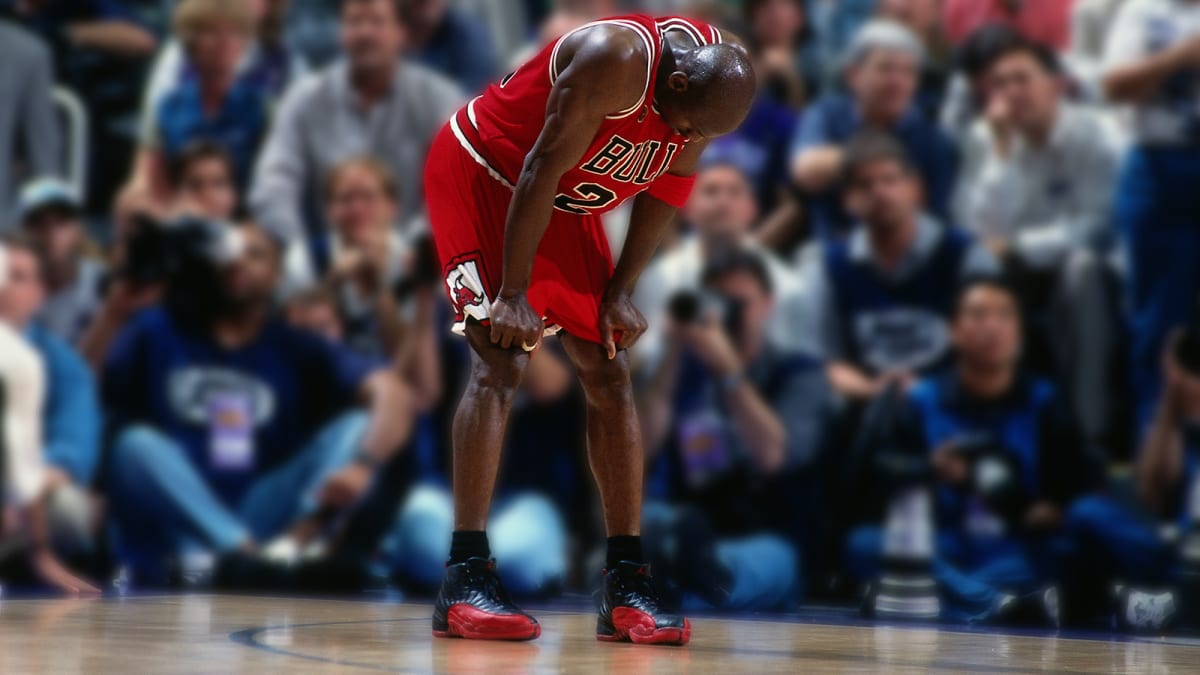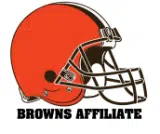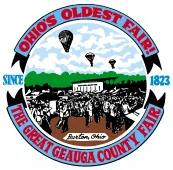A look at the inspiration behind the design to some of MJ’s most-iconic shoes.
When talking about Michael Jordan, you think about the championships, the Chicago Bulls, the dunks, the commercials, his competitiveness, but what will make Jordan immortal is his iconic sneaker line that consists of 34 signature shoes. The Air Jordan line is still a dominant force in the industry despite Jordan being retired since 2003. According to Forbes, Jordan has made $130 million off Nike in the past year, four times as much as LeBron James ($32 million), who has the NBA’s second-biggest shoe deal after MJ. Jordan’s line has thrived due to retro releases, new iterations, a young roster of talent that includes Zion Williamson, Luka Doncic and Jayson Tatum, collaborations with popular cultural stars and fashion houses such as Virgil Abloh, Travis Scott, Dior and Kaws, and uniform deals with the NBA and soccer club Paris Saint-Germain.
Due to the hype around ESPN’s documentary, The Last Dance, you can expect there to be much focus on Jordan’s commercial appeal and his shoes. Sports Illustrated had the chance to speak to Gentry Humphrey, VP of Footwear, Jordan Brand for the inside story on each sneaker Jordan wore during the NBA Finals.
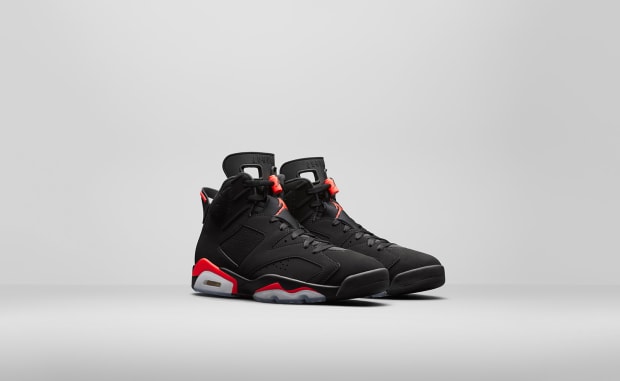
Air Jordan VI – Bulls vs. Lakers
Release date: 1991
Designer: Tinker Hatfield
Original price: $125
Story behind the shoe: The first thing I would say is when you look at this era starting in the ’90s, I feel like what Jordan and Nike was able to do than different companies was try to use the influence of the game—how the game was being played, how athletes were much more agile, had much more finesse to their game—and we really started breaking down the science of the game for us to really have a point of inspiration. Everything was about providing a product that was going to perform on the court to enhance a player’s game. Obviously with Michael, you want to make sure you are doing everything right so he can withstand an 82-game season. And if he is going into the playoffs, you want to be able to get him through the long haul. Technology was kind of the start of some of the projects and how we chose to evolve technology based on insights that we got from Michael was really the key to each and every shoe.
[For] the Air Jordan VI, the master of shoe design, at least in our world, is Tinker Hatfield, who has been phenomenal in creating the vision. Back then when you have someone like Tinker, who thinks really outside the box—and you have an athlete like MJ who plays the game and also thinks outside the box, then myself and other players on the team who try to push the envelope and are not afraid to become comfortable about not being uncomfortable—it led to a nice recipe of blending the art and science together.
In the Air Jordan VI, we had air technology in the outsole which was the key to the story. There was the upper from an aesthetic standpoint and what was really nice about it was that we weren’t afraid to push the envelope and the shoe was inspired by the Batman movie that was out at the time and you see a lot of the influences there. Not only were the aesthetics kind of inspired by the Batman world but it was important that each detail in the shoe had a functional purpose as well. So if you take a look at something like the aggressive tongue top, [it] looks similar to what Batman’s boot would look like. But yet it was functional in a way that it was easy to put the shoe on. There were a lot of elements within the shoe that we were proud of because it pushed the design world in a whole new way.
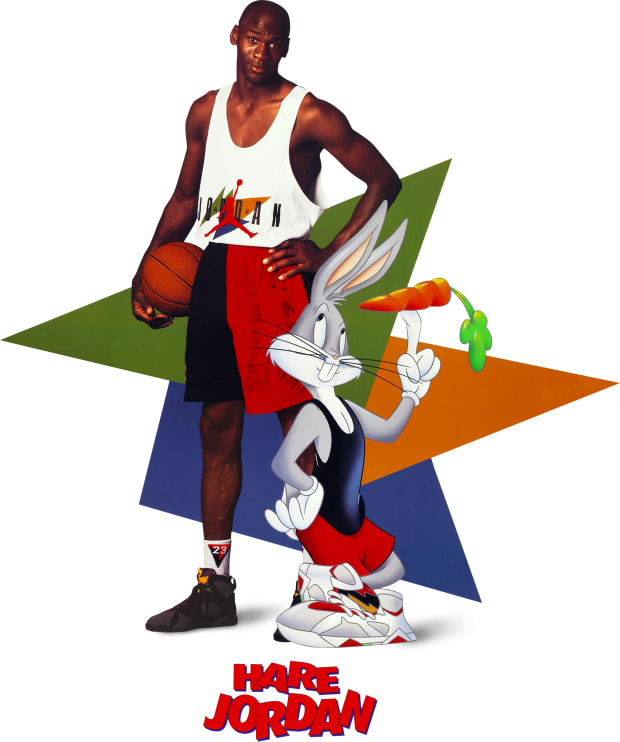
Air Jordan VII – Bulls vs. Blazers
Release date: 1992
Designer: Tinker Hatfield
Original price: $125
Story behind the shoe: On the Air Jordan VII, we wanted players to perform at their best and bring the notion of lightweight but keep it stable at the same time.
At the time, Nike utilized the world of huarache and huarache was basically how do we take something and make it in its minimalistic form? We removed materials where you don’t necessarily need it and we applied those materials where you do need it for support. So that was a big story about what huarache was all about. The Air Jordan VII was kind of a derivative of that and obviously functional-wise it was super lightweight, and had support in all the areas that it needed and we utilized this new tongue that looked at new ways of looking at comfort in the upper.
We had some pretty cool and crazy designs on the outsole. Then connecting that with the Bugs Bunny era was pretty influential in that world and it allowed us to connect with consumers in a really fun way.
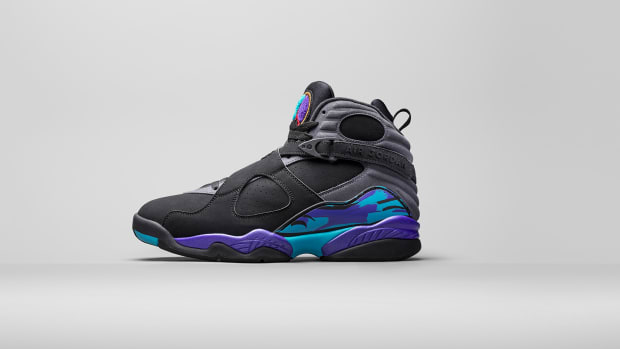
Air Jordan VIII – Bulls vs. Suns
Release date: 1993
Designer: Tinker Hatfield
Original price: $125
Story behind the shoe: When we get to the Air Jordan VIII, we found that we needed to do something for Michael that would have him locked down on the footbed. So what we did was use the notion of straps on the forefoot to really keep them locked down. A lot of times you will see a lot of players making really hard cuts and their foot is likely sliding to the top of the foot frame and we used to try to keep Michael from doing that. So the straps on the Air Jordan VIII became a big story there. I think our sense of details and not being afraid to use new colors was truly really inspirational on that model and again, really different from what was seen on the marketplace.
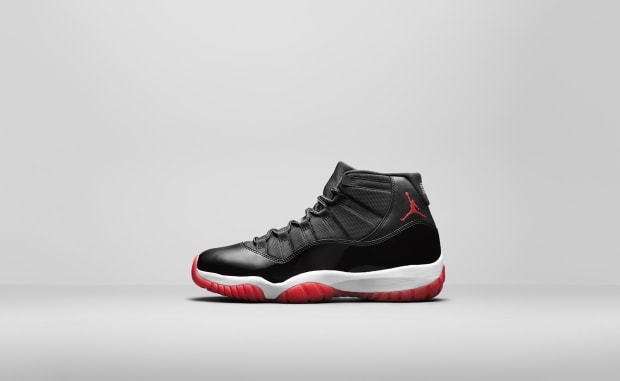
Air Jordan XI – Bulls vs. Supersonics
Release date: 1995
Designer: Tinker Hatfield
Original price: $125
Story behind the shoe: After you skip MJ’s first retirement and his comeback, you probably get one of the biggest shoes in the industry today, the Air Jordan XI. The XI to me was a shoe that kind of moved a whole generation. It connected with the world of hip-hop just by the way of its aesthetic, but what I think we are most proud of is that it truly zigged when everything had zagged. Michael gets a lot of the credit for wanting to introduce patent leather into uppers. At the time it was super irreverent and people would have never thought about using patent leather on athletic footwear. But Michael actually had a vision and was like, “hey look if we can get people to wear these shoes with tuxedos, it could be a cool look.”
More importantly, that patent leather gave us another opportunity to keep Michael on the foot frame a little bit more. The patent leather that goes around the shoe is actually much more stable than full-grain leather that we used in the past. Full-grain leathers once they get sweat, the leather stretches out. This patent leather doesn’t do that, so we were able to keep him on the foot frame. So that was the key element of the shoe, but what people probably didn’t know was that Michael had plantar fasciitis and we had to kind of prevent that from happening so we could get him through the entire season. That shoe kind of became a legend of its own and today it’s still quite iconic.
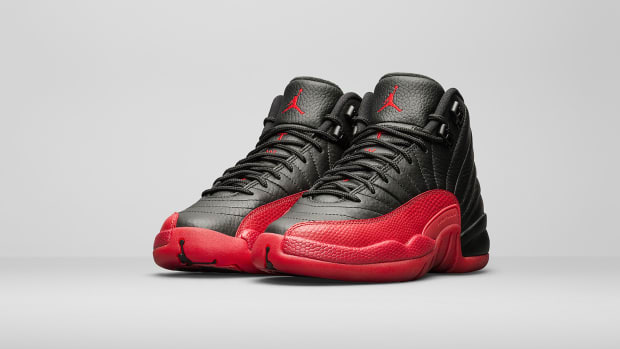
Air Jordan XII – Bulls vs. Jazz (’97)
Release date: 1996
Designer: Tinker Hatfield
Original price: $135
Story behind the shoe: The Air Jordan XII was a shoe that was actually designed from products of the past. We looked into the 1920s era where they had amazing footwear that we were inspired by back in the day. That was from an aesthetic point of view but the functional point of view was to make sure that we evolved from where we were on the XI. It was another great shoe from the line and visually very appealing. It’s one of those shoes you can be sitting 100 rows up in the arena and know it’s a Jordan shoe without even seeing the logos on them.

Air Jordan XIII – Bulls vs. Jazz (’98)
Release date: 1997
Designer: Tinker Hatfield
Original price: $150
Story behind the shoe: The Air Jordan XIII was the start of MJ’s last championship. As some of us know, we were able to slide in the Air Jordan XIV for the Finals. So he ended up on the XIV but the Air Jordan XIII was one of those shoes for me that I think from an inspirational standpoint really kind of hit the sweet spot with representing what Michael is really all about. What people may not know was Michael to a lot of players in the league was called the “Black Cat” and if you look at how a cat moves, there is a similarity in how Michael moved on the court. We took direct inspiration from panthers and all types of cats in designing a shoe.
If you look at the outsole and hold up the shoe, it really mimics a cat’s paw. In the midsole you get a little bit of that same feel of a cat’s paw. We were able to scope it out and it was one of the first times we took the midsole and we wrapped it with suede materials and people didn’t see that in the industry. Sometimes people would paint the midsoles or they would leave them exposed. We were able to wrap the midsole with suede materials that give it that rich feel but it was a texture that really wasn’t seen before.
A lot of people talk about when you finish the details of a shoe, I think one of the greatest details we were able to create in that model is what we called the cat’s eye. If you look right below the ankle area you will see the Jumpman logo, you see the 23 and it’s a holographic look that mimics the exact color of a panther’s eye. So to me that was a great detail that Tinker brought to the table.
Air Jordan XIV – Bulls vs. Jazz (’98)
Release date: 1998
Designer: Tinker Hatfield
Original price: $150
Story behind the shoe: In the last one, Michael has always been into automobiles and a guy that has many, many automobiles and in a lot of ways we use car analogies and car inspirations on a lot of our projects in some shape or form. The Air Jordan XIV was directly inspired by one of Michael’s Ferraris that he had at the time.




